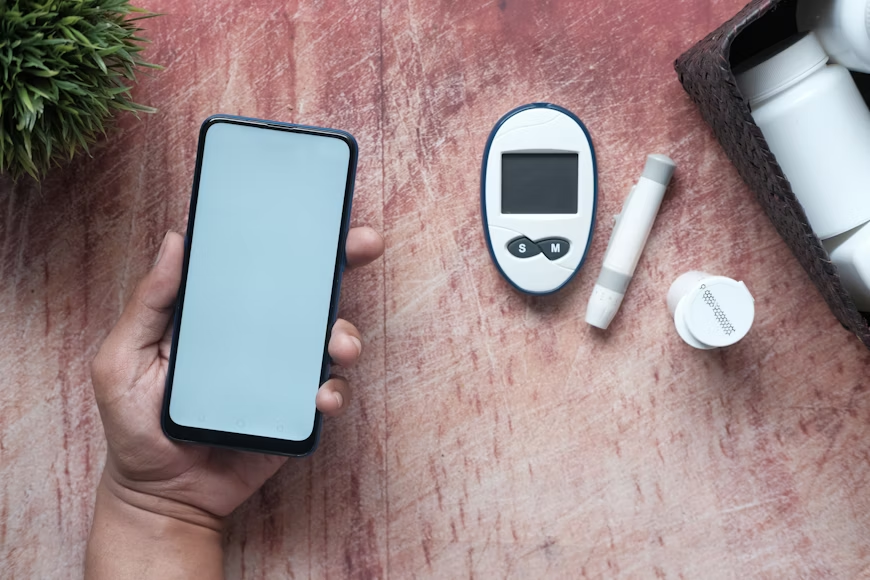Your application does well on testing. Then, it gets downloaded to phones by real users. Suddenly, it crashed. Buttons do not work. The screen does not seem right.
Sounds familiar? You are not alone.
Testing mobile applications is becoming increasingly challenging. There are hundreds of various operating systems, tablets, and phones. They all behave differently. You can never test them manually. It is too slow and expensive.
Mobile device testing robots come in at that point. These intelligent machines run your app on actual phones. They intercept the problems ahead of your users.
This guide will help you select a suitable testing robot for your needs, without any app crashes. There will be no more furious users.
What Are Mobile Device Testing Robots?
Think of a mobile device testing robot as a robotic arm that acts like a human tester. It has sensors and motors that let it tap, swipe, and press buttons on real phones and tablets.
Here’s what makes these robots special. They work with actual devices, not fake software copies. Emulators are great for basic testing, but they miss real problems. They can’t find bugs that only happen on actual hardware.
Manual testing takes forever and costs too much. You’d need an army of testers to check every phone model out there.
A mobile device testing robot solves these problems by:
Doing routine tests automatically so your team can focus on more complex work
Testing many devices at once instead of one by one
Finding tricky bugs that only show up on real phones
These robots work 24/7 without getting tired or making mistakes.
What To Look For When Choosing Your Testing Robot
Picking the right testing robot isn’t just about buying the fanciest model. You need to match it to your specific needs. Here’s what matters:
What Can It Do?
First, check if the robot works with your device. Does your app run on iPhones, Android phones, tablets, or smartwatches? Your robot needs to handle all of them.
The robot’s “finger” matters more than you think. It should feel like a real human touch. Can it distinguish between a light tap and a hard press? What about slow swipes versus quick flicks?
Multi-touch gestures are crucial too. Think pinch-to-zoom or two-finger scrolling. Your robot should handle these moves smoothly.
Recent AI advances are making robots smarter. They can now make decisions during testing instead of just following scripts. It helps catch unexpected problems.
How Much Can It Handle?
Scale matters. How many phones can your robot test at once? If you’re testing a popular app, you should check dozens of devices daily.
Your robot should fit into your current workflow. Does it work with your CI/CD pipeline? Can it automatically start tests when you push new code? It saves hours of manual work.
Does It Feel Real?
This is where robots beat software testing tools. The robot should interact with actual devices, not fake ones.
Look for robots with realistic touch sensors. They should simulate how human fingertips work with touchscreens. Some even have cameras to watch what happens on screen.
Real-world testing conditions matter, too. Your robot should test apps with low battery, poor internet, or other everyday user situations.
What Kind of Reports Does It Give You?
Good data makes all the difference. Your robot should capture everything that happens during tests.
You want clear screenshots and videos of each test. Detailed logs help you understand exactly what went wrong. The best robots connect to tools like Jira, so bugs get tracked automatically.
Can You Make It Work Your Way?
Every app is different. Your robot should adapt to your specific needs.
Can you easily add new device types? What about custom test scenarios? The most flexible robots let you create unique tests for unusual user behaviors.
How To Pick The Right Devices To Test
Know Your Users: Check your app analytics. What phones do your users have? Test those first.
Mix It Up: Don’t just test expensive phones. Include cheap, mid-range, and high-end devices. Your users have all types.
Cover Both Sides: Test both Android and iOS. Include older versions too. Not everyone updates right away.
Use Real Data: Sites like StatCounter show which devices are popular. Mobile dominates the market, so focus there.
Your Quick Decision Guide
Follow this simple checklist:
What Do You Need? List the devices, operating systems, and features you must test.
What Can You Handle? Look at your team size, testing volume, and budget. Be realistic.
Does It Fit? Make sure your robot works with your current tools and processes.
Can It Grow? Pick something that scales with your app and is easy for your team to use.
Will It Last? Check if the vendor offers good support and regular updates.
Conclusion
Your users need their apps to be flawless, consistently. Mobile device testing robots assist you in providing that experience. They test the bugs before your users. They conduct tests on real gadgets all the time.
The correct robot will save you money and time. More to the point, it makes your users happy. Do not allow app crashes to ruin your image. Select a testing robot that suits your requirements and budget. Begin the search for the correct mobile device testing robots now.



![[CITYPNG.COM]White Google Play PlayStore Logo – 1500×1500](https://startupnews.fyi/wp-content/uploads/2025/08/CITYPNG.COMWhite-Google-Play-PlayStore-Logo-1500x1500-1-630x630.png)